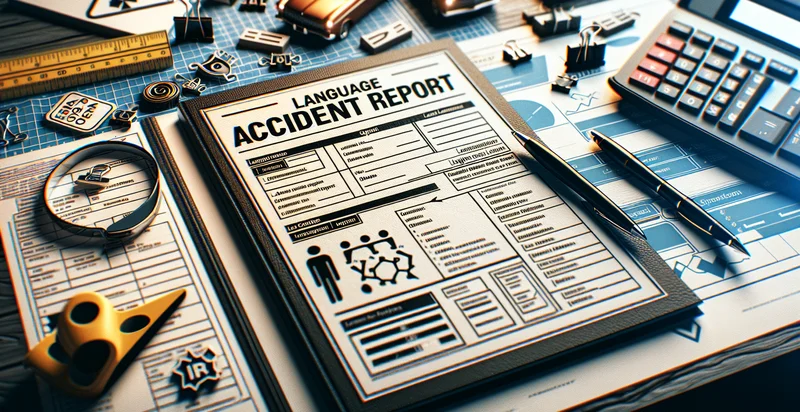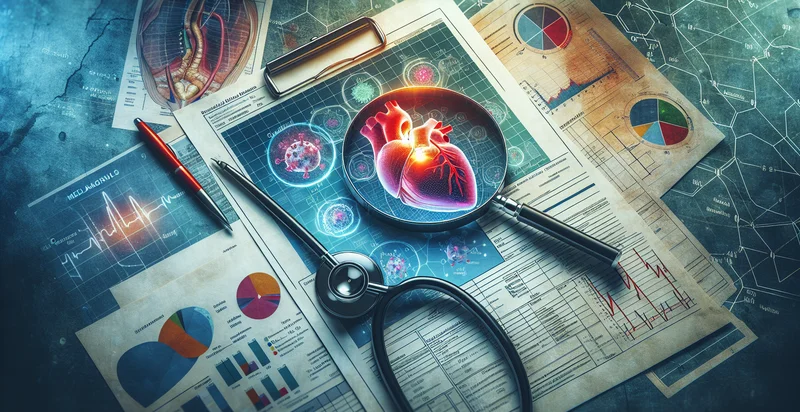Identify language of laboratory result
using AI
Below is a free classifier to identify language of laboratory result. Just input your text, and our AI will predict the specific type of laboratory result it represents - in just seconds.

Contact us for API access
Or, use Nyckel to build highly-accurate custom classifiers in just minutes. No PhD required.
Get started
import nyckel
credentials = nyckel.Credentials("YOUR_CLIENT_ID", "YOUR_CLIENT_SECRET")
nyckel.invoke("language-of-laboratory-result", "your_text_here", credentials)
fetch('https://www.nyckel.com/v1/functions/language-of-laboratory-result/invoke', {
method: 'POST',
headers: {
'Authorization': 'Bearer ' + 'YOUR_BEARER_TOKEN',
'Content-Type': 'application/json',
},
body: JSON.stringify(
{"data": "your_text_here"}
)
})
.then(response => response.json())
.then(data => console.log(data));
curl -X POST \
-H "Content-Type: application/json" \
-H "Authorization: Bearer YOUR_BEARER_TOKEN" \
-d '{"data": "your_text_here"}' \
https://www.nyckel.com/v1/functions/language-of-laboratory-result/invoke
How this classifier works
To start, input the text that you'd like analyzed. Our AI tool will then predict the specific type of laboratory result it represents.
This pretrained text model uses a Nyckel-created dataset and has 46 labels, including Arabic, Basque, Bulgarian, Catalan, Croatian, Czech, Danish, Dutch, English and Estonian.
We'll also show a confidence score (the higher the number, the more confident the AI model is around the specific type of laboratory result it represents).
Whether you're just curious or building language of laboratory result detection into your application, we hope our classifier proves helpful.
Related Classifiers
Need to identify language of laboratory result at scale?
Get API or Zapier access to this classifier for free. It's perfect for:
- Language Detection for Clinical Reports: This function can be utilized to automatically identify the language used in laboratory results, allowing healthcare providers to streamline processes when dealing with international patients. By knowing the language, medical staff can ensure accurate communication and timely follow-up.
- Multilingual Patient Interfaces: Laboratories can integrate this function to provide multilingual interfaces for patients receiving their results. By detecting the language, systems can automatically present lab results in a way that's understandable to patients, enhancing patient satisfaction and engagement.
- Regulatory Compliance: Laboratories operating in multiple regions can use this function to ensure compliance with local regulations regarding language use in medical documents. By automatically identifying the language of laboratory results, organizations can ensure they meet any legal requirements for communication.
- Data Aggregation and Analysis: The function can facilitate data analysis by identifying language patterns in laboratory results for research purposes. By categorizing results by language, researchers can better understand trends and disparities in health data among different linguistic groups.
- Automated Translation Requests: By identifying the language of laboratory results, the system can generate automated requests for translation services as needed. This ensures that important health information is accessible to patients and practitioners, supporting better health outcomes.
- Language-Based Custom Notifications: Laboratories can employ this function to send targeted notifications and educational material based on the language of the laboratory results. This can improve patient education and adherence by tailoring content to their language preferences.
- Quality Control and Improvement: The function aids quality control by flagging laboratory results that do not match the expected language norms for a given region. This can help laboratories identify inconsistencies in their reporting practices, leading to improvements in service delivery and patient care.


